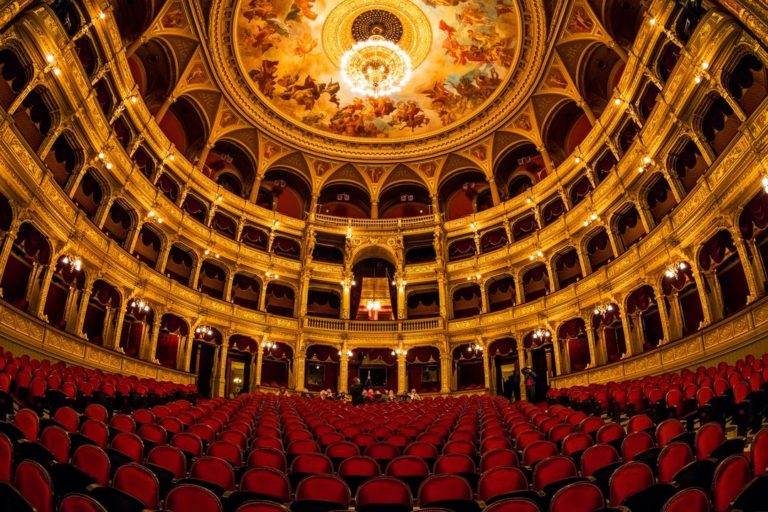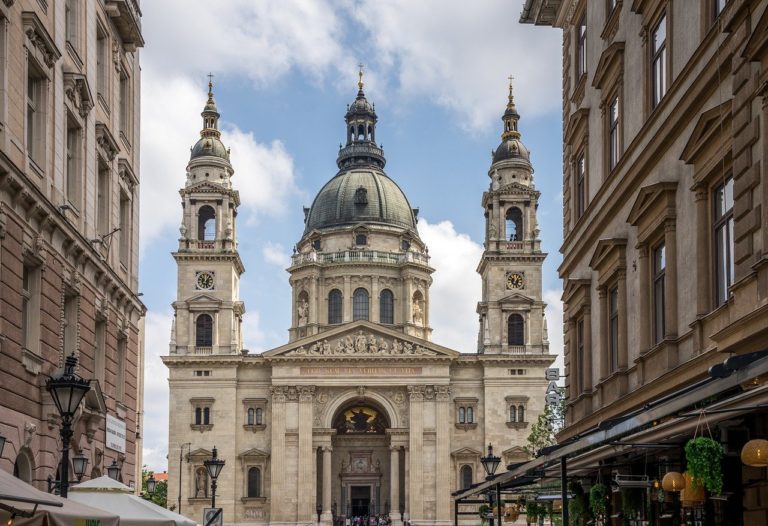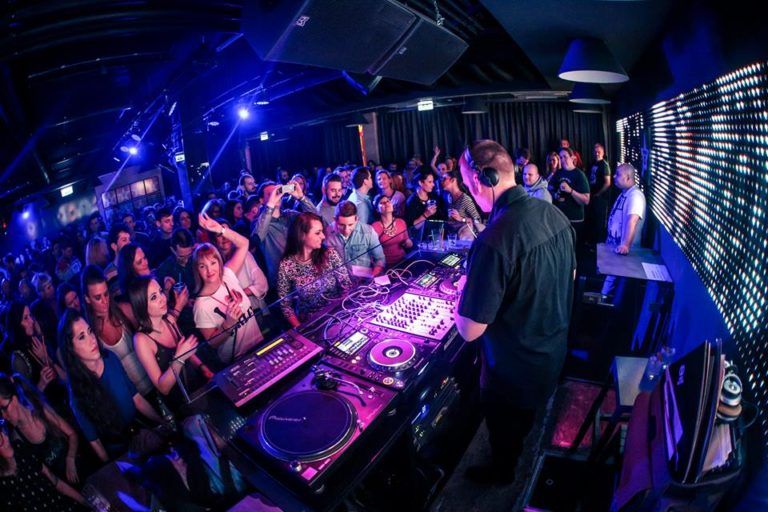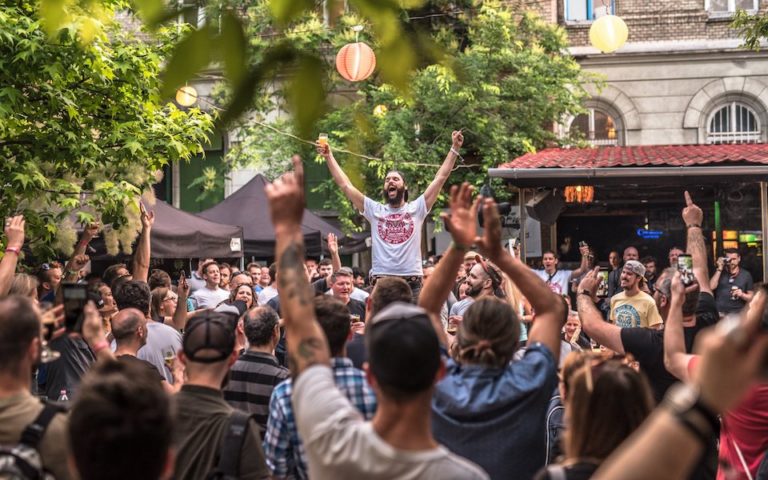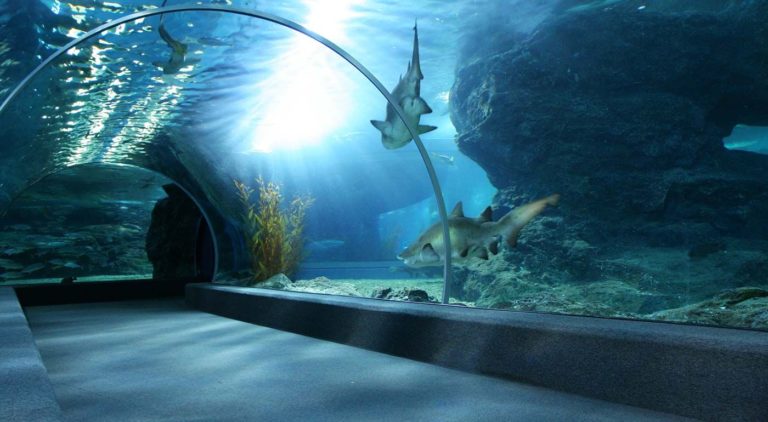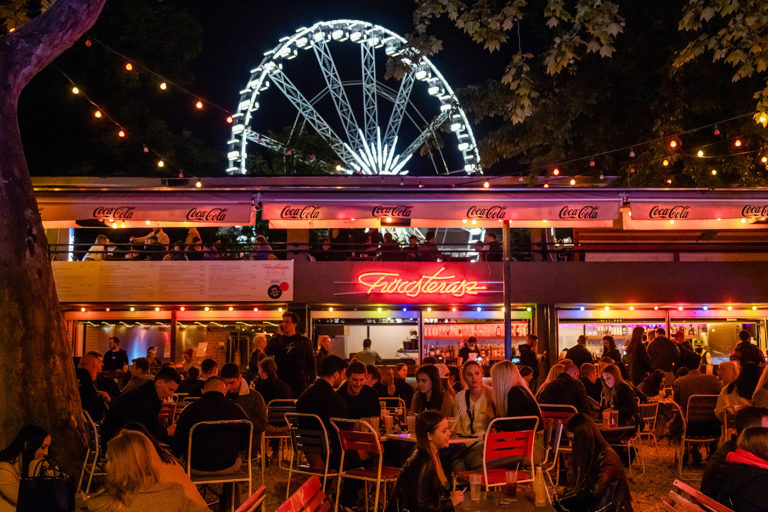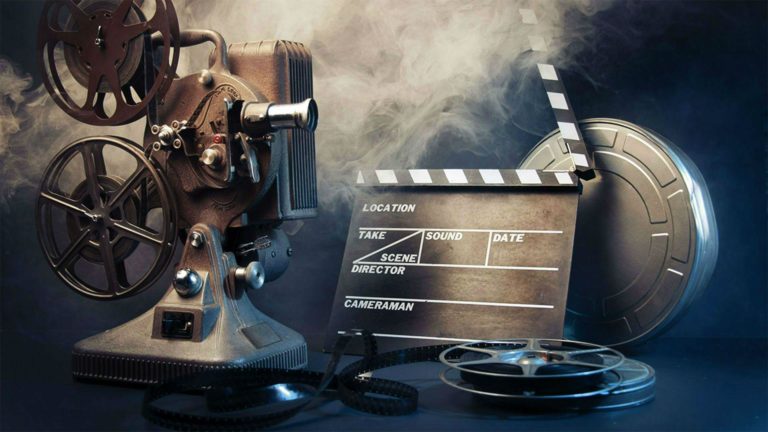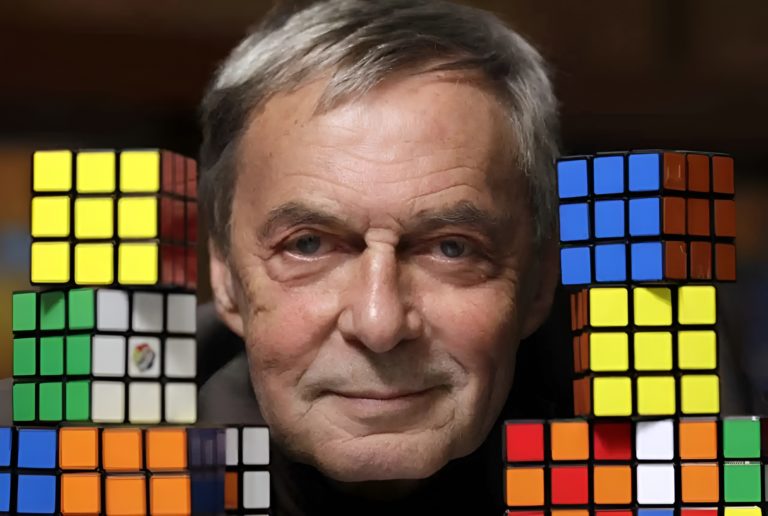Located in central Budapest, Liberty Square is far more than a public plaza, it is a layered landscape of monuments and historic buildings that reflect Hungary’s turbulent past and evolving identity. From politically charged memorials to striking architectural landmarks, the square offers a compelling narrative in stone and bronze. This article explores the statues and structures that define Liberty Square, revealing the stories they tell about war, power, memory, and national transformation. Ronald Reagan Statue Honoring a Cold War Architect In June 2011, a seven-foot bronze statue of Ronald Reagan was unveiled in Budapest’s Liberty Square, commemorating the 100th anniversary of his birth. Though Reagan never visited Hungary, his leadership during the Cold War is credited with aiding the country’s liberation from Soviet influence. Hungarian Prime Minister Viktor Orbán emphasized Reagan’s role in “creating a new world for Central Europe” by supporting the dismantling of communist regimes. Symbolic Placement and…
The Hungarian State Opera House, a Neo-Renaissance gem designed by Miklós Ybl, stands as a testament to Budapest’s rich cultural heritage and architectural grandeur. Opened in 1884, this iconic building has been a cornerstone of Hungary’s artistic landscape for over a century. Its opulent design, exceptional acoustics, and historical significance make it one of Europe’s premier opera venues. Beyond its role as a performance space, the opera house symbolizes Hungary’s dedication to the arts and its cultural identity. Whether attending a world-class performance or exploring its ornate interiors, a visit to the Hungarian State Opera House offers a glimpse into the artistic soul of Budapest. Architectural Beauty The Hungarian State Opera House is a masterpiece of Neo-Renaissance architecture, designed by the esteemed Hungarian architect Miklós Ybl. Completed in 1884, it stands as a testament to the grandeur and cultural aspirations of 19th-century Hungary. The building’s façade is adorned with intricate…
Nestled in the heart of Budapest, where grand boulevards meet the shimmering Danube, stands St. Stephen’s Basilica, a monumental testament to Hungary’s spiritual heritage and architectural splendour. As the largest church in the capital, this neoclassical masterpiece not only dominates the city’s skyline with its soaring 96-metre dome but also holds profound cultural and religious significance. Named in honour of Stephen, Hungary’s first king and patron saint, the basilica serves as a sacred space for worship, a repository of national treasures, and a beacon of artistic achievement. In the following sections, we will explore the basilica’s rich history, architectural marvels, and enduring role in Hungary’s national identity. Historical Background The origins of St. Stephen’s Basilica trace back to the early 19th century, when the rapidly expanding district of Lipótváros in Pest necessitated a prominent place of worship. Following the devastating flood of 1838, which saw many residents seek refuge on…
Budapest is not only noted for its stunning architecture and rich history on the banks of the Danube, but also for a music scene that, far from being anecdotal, has become one of the city’s most dynamic cultural engines. Among the ruins of abandoned factories, the hidden cellars of Pest and the clubs floating on the river, electronic music is thriving, shaping a sonic identity of its own. In 2025, Budapest’s electronic scene continues to grow with surprising vitality. Driven by a unique blend of local innovation, openness to global influences and a strong community spirit, the city has established itself as a creative hotbed for independent DJs, producers and collectives pushing the boundaries of the genre. While perhaps not as internationally renowned as other electronic capitals such as Berlin or Barcelona, Budapest offers something different: a combination of rawness, excitement and authenticity that appeals to both curious music lovers…
Budapest is a cultural epicentre where folk music resonates as an echo of the past. This tradition, deeply rooted in the national identity, has evolved along with society, adapting to historical changes while preserving its unique essence. Below, we explore traditional instruments, musical styles, venues for live performances, representative artists and groups, the history and evolution of Hungarian folklore, and its influence on contemporary music. Traditional Instruments and Musical Styles Hungarian folk music is distinguished by its diversity of instruments, each with a specific role in creating its characteristic sound. Among the most emblematic are: These instruments give life to distinctive musical styles. The verbunkos, originating in the 18th century as a military conscription dance, combines slow and fast sections, reflecting the contrasting Hungarian character. The csárdás, another popular dance, alternates slow (lassú) and fast (friss) rhythms, creating a dynamic experience. Both styles use pentatonic scales and dactylic rhythms, unique…
Budapest Beer Week (BPBW) is Hungary’s leading international craft beer festival, an event that celebrates the passion, creativity and community behind craft brewing. Held annually in Budapest, this week-long festival attracts thousands of beer enthusiasts from around the world, offering a unique experience combining unlimited tastings, live music, street food and networking opportunities for industry professionals. For 2025, the festival is scheduled from 26 May to 1 June, promising a vibrant edition that cements Budapest as a key destination on the global beer map. History of Budapest Beer Week BPBW was established in 2018, at a time when the craft beer scene in Hungary was beginning to flourish. Since its inception, the festival has sought to promote both local and international breweries, providing a platform for producers to showcase their most innovative creations. In just a few years, BPBW has grown to become a landmark event, attracting approximately 5,000 visitors…
Budapest offers a vibrant mix of cultural experiences, thrilling activities, and exciting nightlife. From world-class theaters like the Erkel and Budapest Operetta Theatre to immersive museums and exhibitions, the city has something for everyone. Visitors can enjoy shopping at iconic malls like WestEnd and Arena Plaza, explore unique attractions such as the Tropicarium‑Oceanarium, or challenge themselves at escape rooms. When the sun sets, Budapest’s famous ruin bars, like Szimpla Kert and Instant‑Fogas Ház, come to life, offering an unforgettable nightlife experience. Theatrical Venues Erkel Theatre The Erkel Theatre, located at 30 II. János Pál pápa tér in Budapest, is the largest theatre in Hungary and a significant cultural landmark. Opened in 1911 as the People’s Opera, its design aimed to make opera accessible to the working class. The theatre features a spacious auditorium with excellent acoustics, accommodating up to 2,400 spectators. Over the years, it has hosted a variety of…
In Hungary, the act of drinking goes beyond the simple ingestion of alcohol: it is an expression of identity, a vehicle of hospitality and a tradition deeply rooted in everyday life. From family celebrations to informal conversations among friends, there is always a toast to be made and a story to be told. Traditional Hungarian spirits reflect centuries of history, terroir and creativity, and are an integral part of the country’s character. This liquid tour invites you to discover some of the most representative jewels of Hungarian culture: distillates with character, spirits with soul and wines with legend. More than a guide to what to drink, it is an invitation to understand how and why people drink in Hungary. Pálinka: The Distilled Fruity Essence of Hungary Pálinka occupies a place of honour at the heart of Hungarian culture and gastronomy, being considered a ‘Hungarikum’, a unique product of the country.…
Budapest has become a top choice for filmmakers due to its affordability, architectural versatility, and strong production infrastructure. Lower production costs and attractive tax incentives make it a financially smart option, helping position Hungary as a major European film hub. The city’s diverse architecture allows it to stand in for various European capitals and historical settings with minimal modifications. Combined with highly skilled local crews, state-of-the-art studios, and a central European location that simplifies logistics, Budapest offers everything needed for efficient and high-quality film production. Evita (1996): Budapest as a Stand-In for Buenos Aires The 1996 musical drama Evita, based on the life of Argentine political icon Eva Perón, stands as a landmark example of a major Hollywood production choosing Budapest as its filming location. Starring Madonna as Eva and Antonio Banderas as Che, the film chronicles Eva’s rise from humble beginnings to becoming Argentina’s First Lady. Budapest was selected…
The Rubik’s Cube is much more than a toy: it is a worldwide symbol of ingenuity, logic and perseverance. Since its creation in 1974, it has captivated millions of people thanks to its contrast between a simple appearance and impressive mathematical complexity, with more than 4.3 × 10¹⁹ possible combinations. As well as entertaining, it has established itself as an educational tool that stimulates spatial reasoning, memory and problem solving, and has spawned a global community of enthusiasts who share techniques, compete and celebrate their passion for this puzzle.What many do not know is that the Rubik’s Cube has Hungarian roots: it was invented in Budapest by Ernő Rubik, a sculptor and professor of architecture, who initially called it the ‘Magic Cube’. The connection with the Hungarian capital goes beyond its origin, as Budapest also hosted the first edition of the World Rubik’s Cube Championship in 1982, cementing its role…


